Andy Lomas
The Enigma of Complexity
Feb 03, 2021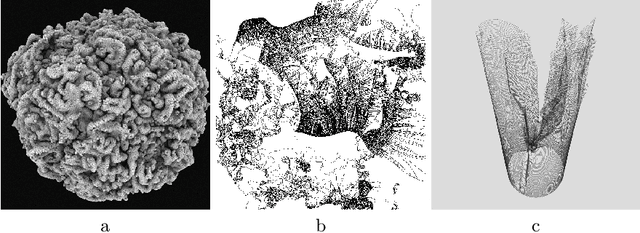
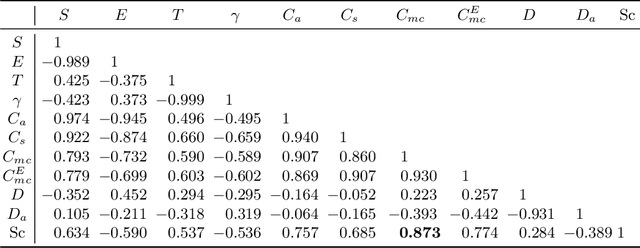
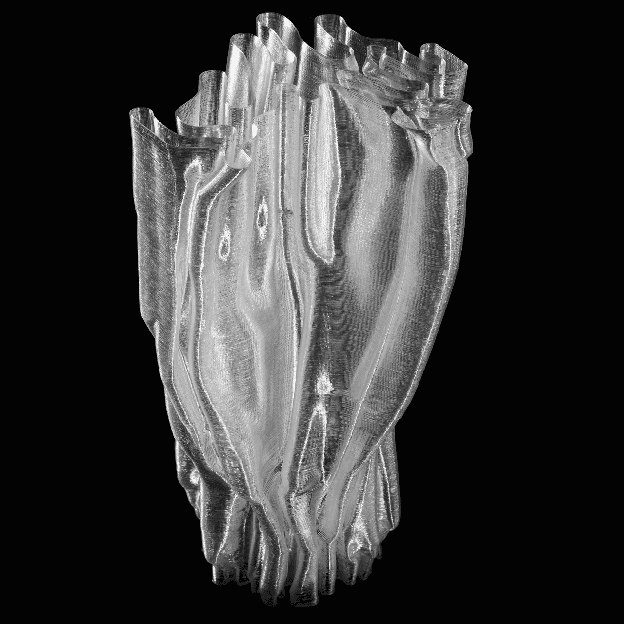
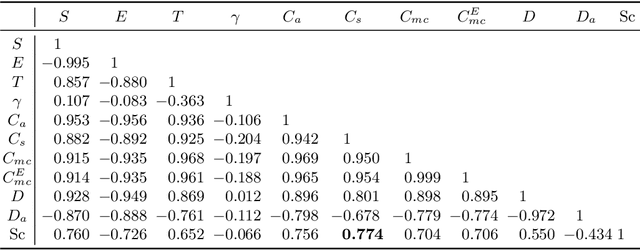
Abstract:In this paper we examine the concept of complexity as it applies to generative art and design. Complexity has many different, discipline specific definitions, such as complexity in physical systems (entropy), algorithmic measures of information complexity and the field of "complex systems". We apply a series of different complexity measures to three different generative art datasets and look at the correlations between complexity and individual aesthetic judgement by the artist (in the case of two datasets) or the physically measured complexity of 3D forms. Our results show that the degree of correlation is different for each set and measure, indicating that there is no overall "better" measure. However, specific measures do perform well on individual datasets, indicating that careful choice can increase the value of using such measures. We conclude by discussing the value of direct measures in generative and evolutionary art, reinforcing recent findings from neuroimaging and psychology which suggest human aesthetic judgement is informed by many extrinsic factors beyond the measurable properties of the object being judged.
Deep Learning of Individual Aesthetics
Sep 24, 2020

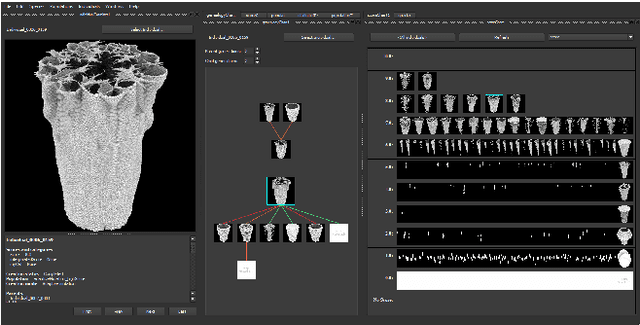
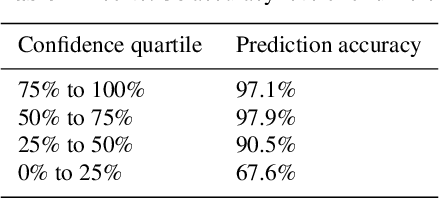
Abstract:Accurate evaluation of human aesthetic preferences represents a major challenge for creative evolutionary and generative systems research. Prior work has tended to focus on feature measures of the artefact, such as symmetry, complexity and coherence. However, research models from Psychology suggest that human aesthetic experiences encapsulate factors beyond the artefact, making accurate computational models very difficult to design. The interactive genetic algorithm (IGA) circumvents the problem through human-in-the-loop, subjective evaluation of aesthetics, but is limited due to user fatigue and small population sizes. In this paper we look at how recent advances in deep learning can assist in automating personal aesthetic judgement. Using a leading artist's computer art dataset, we investigate the relationship between image measures, such as complexity, and human aesthetic evaluation. We use dimension reduction methods to visualise both genotype and phenotype space in order to support the exploration of new territory in a generative system. Convolutional Neural Networks trained on the artist's prior aesthetic evaluations are used to suggest new possibilities similar or between known high quality genotype-phenotype mappings. We integrate this classification and discovery system into a software tool for evolving complex generative art and design.
Understanding Aesthetic Evaluation using Deep Learning
Apr 15, 2020

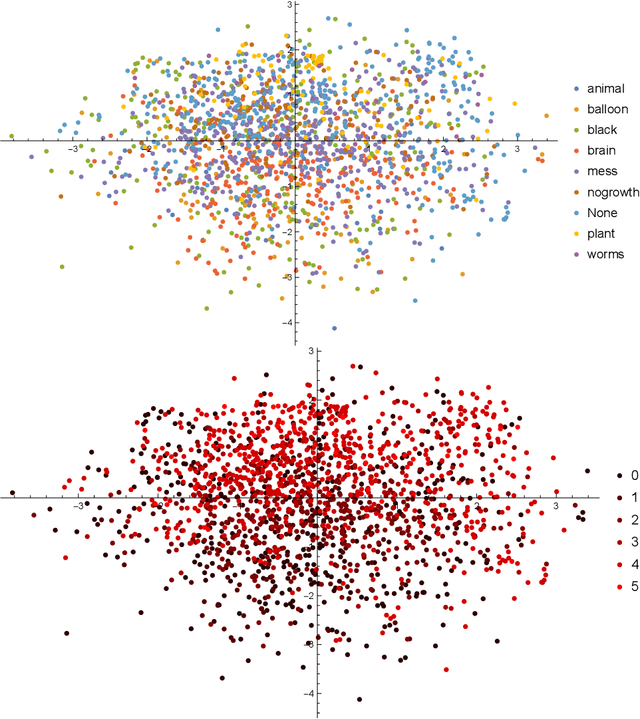
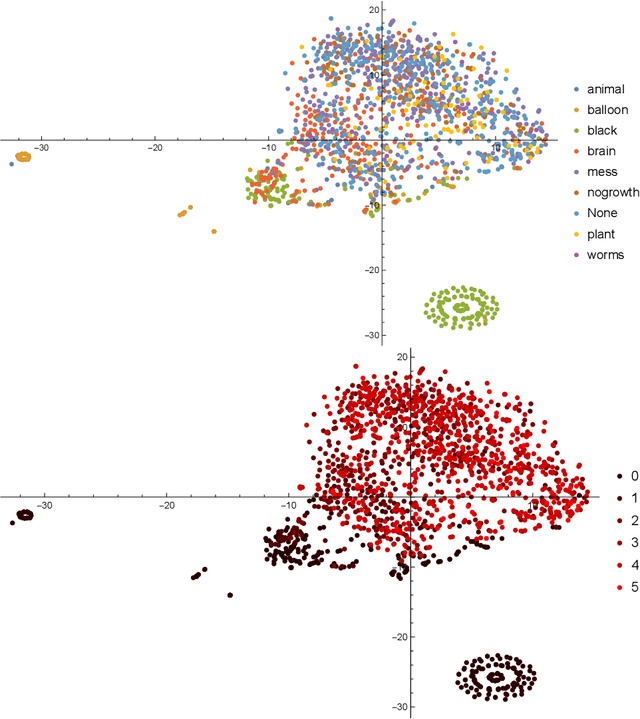
Abstract:A bottleneck in any evolutionary art system is aesthetic evaluation. Many different methods have been proposed to automate the evaluation of aesthetics, including measures of symmetry, coherence, complexity, contrast and grouping. The interactive genetic algorithm (IGA) relies on human-in-the-loop, subjective evaluation of aesthetics, but limits possibilities for large search due to user fatigue and small population sizes. In this paper we look at how recent advances in deep learning can assist in automating personal aesthetic judgement. Using a leading artist's computer art dataset, we use dimensionality reduction methods to visualise both genotype and phenotype space in order to support the exploration of new territory in any generative system. Convolutional Neural Networks trained on the user's prior aesthetic evaluations are used to suggest new possibilities similar or between known high quality genotype-phenotype mappings.
* Presented at EvoMUSART 2020 Conference
 Add to Chrome
Add to Chrome Add to Firefox
Add to Firefox Add to Edge
Add to Edge